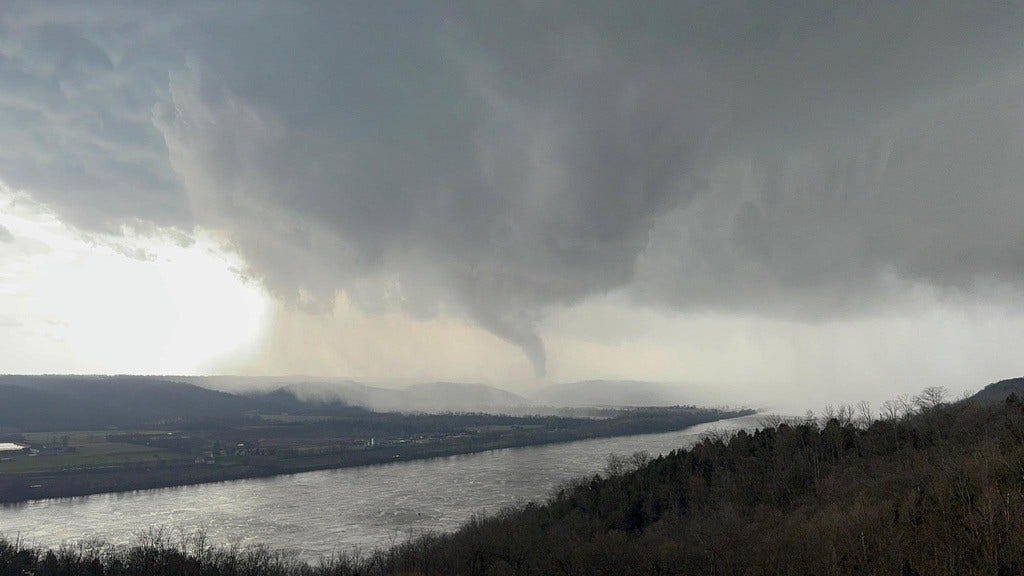A large storm system hitting much of the central U.S. will bring severe thunderstorms to Kansas and Nebraska, with strong tornadoes possible in these areas as well. Other states like Oklahoma, Missouri, and Virginia may also face a slight risk of tornadoes and severe weather. Last week, West Virginia experienced five tornadoes, which is more than double the yearly average, highlighting the potential danger of severe weather in these regions.
After moving through the Great Plains, the storm system is expected to move into the Mississippi Valley, Great Lakes, and Ohio Valley areas on Tuesday, potentially bringing severe weather and isolated flash flooding. Southern Iowa, Northern Missouri, and Central Illinois face the largest threat of significant hail and tornado potential on Tuesday. The National Weather Service has warned that the risk of tornadoes forming Monday evening over parts of Kansas and Nebraska will increase with the development of discrete supercells, which are often responsible for producing tornadoes and hail.
Tornado scientist Harold Brooks from the National Severe Storms Laboratory stated that May is typically considered the midpoint of tornado season, with the strongest tornadoes appearing from late April to the middle of May. However, there is a lot of variability in tornado season estimates due to yearly fluctuations. Some scientists believe that tornado activity in the U.S. has been shifting over the past few decades, with more tornadoes forming in states along the Mississippi River and farther east. Climate change may be influencing this trend, as the western Great Plains are becoming drier, causing precipitation to shift eastward.
As millions of Americans from Lincoln, Nebraska to Baltimore face the threat of strong thunderstorms and possible tornadoes, it is crucial to stay informed about weather updates and warnings. Severe scattered thunderstorms are predicted to bring strong winds, hail, and flash flooding in several states, emphasizing the importance of preparedness and safety measures. With tornado season in full swing, it is essential for residents in at-risk areas to have a plan in place and to take necessary precautions to protect themselves and their families from the dangers of severe weather.
Monitoring weather alerts and heeding evacuation orders are crucial during severe weather events, as tornadoes can form rapidly and have devastating consequences. Meteorologists and weather experts continue to study tornado patterns and their possible connection to climate change to better understand and predict severe weather events. By staying informed, prepared, and taking appropriate precautions, individuals can minimize the risks associated with severe thunderstorms and tornadoes, ensuring the safety and well-being of themselves and their communities.


